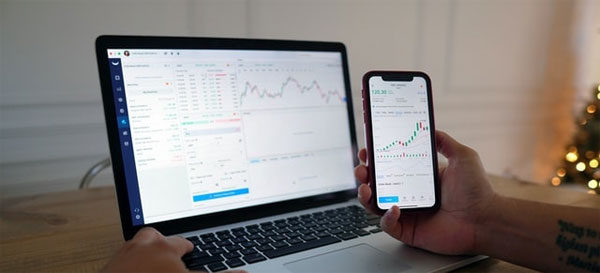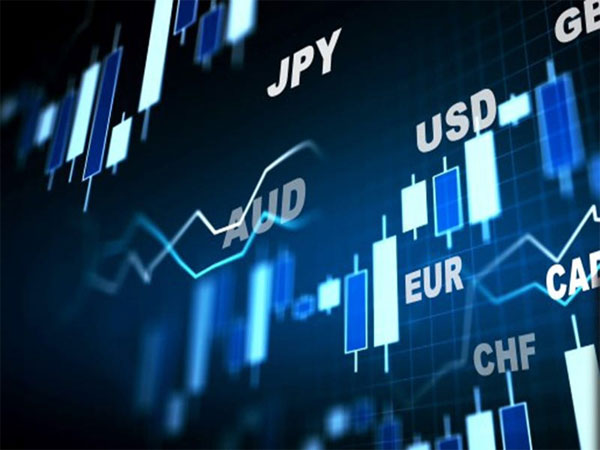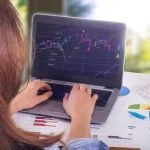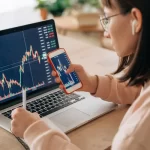In the dynamic world of forex trading, technology has played a pivotal role in shaping strategies and methods. One such technological advancement is algorithmic trading, which allows forex traders to use complex mathematical algorithms to make trading decisions. Considering the numerous advantages and potential pitfalls, this article delves into the details of algorithmic trading in the forex market.
Understanding the Concept of Algorithmic Trading
Algorithmic trading, also known as automated trading or black-box trading, refers to the process of using computer programs and systems to trade on a financial market. These systems are designed to follow specific predefined instructions or algorithms to execute trades. Traders and financial institutions use algorithmic trading to minimize costs, maximize efficiency, and reduce the risk of manual error.
The algorithms used in trading can perform a variety of tasks such as determining the optimal timing for trades, identifying trading opportunities, and even executing trades on behalf of the user. They analyze several factors such as price, timing, and volume in order to make trading decisions. Algorithmic trading systems can be programmed to follow any trading strategy, making them highly versatile.
In recent years, algorithmic trading has gained significant traction in various financial markets due to its potential to increase trading efficiency and profitability. It is particularly popular in high-frequency trading where trades are executed in milliseconds. Despite its complexity, algorithmic trading can be understood and used effectively with the right knowledge and tools.

The Intersection of Forex Market and Algorithmic Trading
The forex market, with its 24-hour trading cycle and significant liquidity, is particularly suited to algorithmic trading. The forex market’s high volatility and the potential for significant returns make it an attractive option for algorithmic traders.
Algorithmic trading in the forex market involves the use of algorithms to analyze currency exchanges and execute trades. Forex traders use algorithmic trading to take advantage of the market’s volatility and liquidity. With the right algorithm, traders can identify and capitalize on small price deviations between currency pairs.
Algorithmic trading also allows forex traders to trade on multiple currency pairs simultaneously, expanding their trading opportunities. Furthermore, the 24-hour nature of the forex market allows algorithmic systems to operate continuously, taking advantage of trading opportunities that may arise at any time.
The Nitty-Gritty of Forex Algorithmic Trading Systems
Forex algorithmic trading systems can be designed to follow various trading strategies, including trend following, arbitrage, and scalping. The choice of strategy depends on the trader’s risk tolerance, investment goals, and expertise in forex trading.
These systems can be programmed to execute trades when certain conditions are met. For instance, a forex algorithmic trading system could be programmed to buy a certain currency pair when its price falls below a specific level and sell it when its price rises above a certain level.
Forex algorithmic trading systems can also use technical analysis and indicators such as moving averages, oscillators, and trend lines to make trading decisions. These systems can analyze a multitude of factors in real time and execute trades based on this analysis.
Advantages and Pitfalls of Algorithmic Trading in Forex
Algorithmic trading in forex offers numerous advantages. These include high-speed trade execution, elimination of emotional and psychological factors, and the ability to backtest trading strategies. Algorithmic trading systems can execute trades in milliseconds, allowing traders to take advantage of small price changes. They also eliminate the emotional and psychological factors that can affect trading decisions, leading to more rational trading choices.

However, algorithmic trading in forex is not without its pitfalls. These include the risk of over-optimization, system failure, and lack of transparency. Over-optimization refers to the risk of creating a system that performs well on past data but fails to perform well on new data. System failure can occur due to technological glitches, potentially resulting in significant losses. Lack of transparency can also be an issue, as traders may not fully understand how the algorithm makes trading decisions.
Real-world Examples of Successful Forex Algorithmic Trading
Several real-world examples highlight the potential of algorithmic trading in forex. For instance, Renaissance Technologies, a hedge fund known for its heavy use of algorithms and mathematical models, has consistently generated impressive returns. Similarly, Two Sigma, another hedge fund that uses algorithmic trading, has also seen significant success.
On a smaller scale, individual traders have also found success with algorithmic trading in forex. For example, a trader might use a trend-following algorithm to capitalize on trends in currency pair prices. Despite the risks, these examples show that with the right strategy and tools, algorithmic trading in forex can be highly successful.
The Future Outlook of Algorithmic Trading in Forex Market
Looking ahead, the future of algorithmic trading in the forex market looks promising. As technology continues to advance, we can expect to see even more sophisticated and effective trading algorithms. Artificial intelligence and machine learning are also likely to play an increasingly significant role in the development of trading algorithms.
Moreover, as more traders and financial institutions recognize the potential benefits of algorithmic trading, its adoption is likely to increase. However, traders will need to stay informed about technological advancements and regulatory changes to take full advantage of the opportunities presented by algorithmic trading in forex.
In conclusion, algorithmic trading presents a wealth of opportunities for forex traders. It offers the potential for high-speed trade execution, rational decision-making, and increased profitability. However, it also comes with its own set of risks, including over-optimization and system failure. As such, traders need to thoroughly understand algorithmic trading before incorporating it into their trading strategies. With the right knowledge and tools, algorithmic trading in forex can be a powerful tool for traders.





